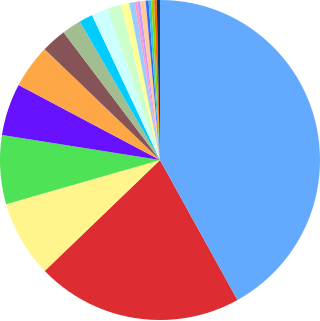 W
WMammalia is a class of animal within the phylum Chordata. Mammal classification has been through several iterations since Carl Linnaeus initially defined the class. No classification system is universally accepted; McKenna & Bell (1997) and Wilson & Reader (2005) provide useful recent compendiums. Many earlier ideas from Linnaeus et al. have been completely abandoned by modern taxonomists, among these are the idea that bats are related to birds or that humans represent a group outside of other living things. Competing ideas about the relationships of mammal orders do persist and are currently in development. Most significantly in recent years, cladistic thinking has led to an effort to ensure that all taxonomic designations represent monophyletic groups. The field has also seen a recent surge in interest and modification due to the results of molecular phylogenetics.
 W
WAfrotheria is a clade of mammals, the living members of which belong to groups that are either currently living in Africa or of African origin: golden moles, elephant shrews, tenrecs, aardvarks, hyraxes, elephants, sea cows, and several extinct clades. Most groups of afrotheres share little or no superficial resemblance, and their similarities have only become known in recent times because of genetics and molecular studies. Many afrothere groups are found mostly or exclusively in Africa, reflecting the fact that Africa was an island continent from the early Cenozoic until around 25 million years ago, when the Tethys Sea shrank.
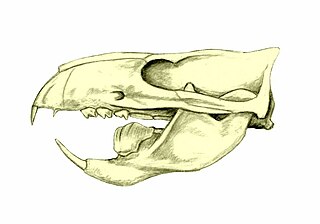 W
WAllotheria is an extinct branch of successful Mesozoic mammals. The most important characteristic was the presence of lower molariform teeth equipped with two longitudinal rows of cusps. Allotheria includes Multituberculata, Gondwanatheria, and probably Haramiyida, although some studies show them to be more basal mammaliaforms rather than true mammals, therefore differing from true allotheres significantly.
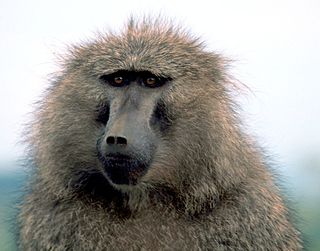 W
WThe Archonta are a group of mammals, considered a superorder in some classifications, which consists of these orders:Primates Plesiadapiformes Scandentia (treeshrews) Dermoptera (colugos)
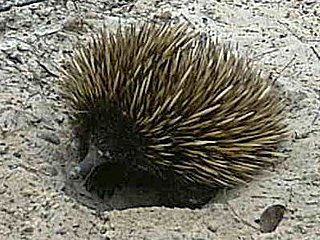 W
WThe Australosphenida are a proposed infraclass of mammals within subclass Yinotheria. Today, there are only five surviving species, which live in Australia and New Guinea, but fossils have been found in Madagascar and Argentina. The surviving species consist of the platypus and four species of echidna. Contrary to other known crown mammals, they retained postdentary bones as shown by the presence of a postdentary trough. The extant members (monotremes) developed the mammalian middle ear independently.
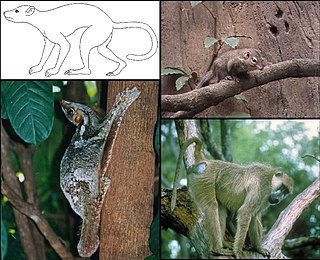 W
WThe Euarchonta are a proposed grandorder of mammals containing four orders: the Scandentia or treeshrews, the Dermoptera or colugos, the extinct Plesiadapiformes, and the Primates.
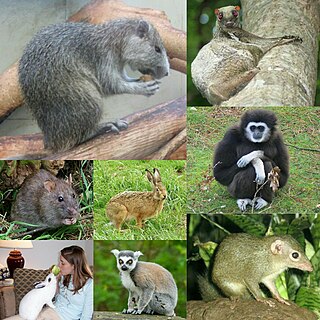 W
WEuarchontoglires is a clade and a superorder of mammals, the living members of which belong to one of the five following groups: rodents, lagomorphs, treeshrews, colugos and primates.
 W
WEutheria is one of two mammalian clades with extant members that diverged in the Early Cretaceous or perhaps the Late Jurassic. All placental mammals indigenous to Europe, Africa, Asia, the Americas, Australia, and Antarctica are eutherians. Extant eutherians, their last common ancestor, and all extinct descendants of that ancestor are members of Placentalia.
 W
WExafroplacentalia or Notolegia is a clade of placental mammals proposed in 2001 on the basis of molecular research.
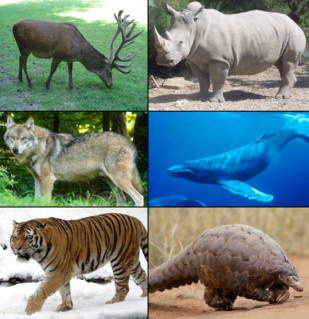 W
WFerungulata or Fereuungulata is a clade of placental mammals that groups together various carnivorans and ungulates. It has existed in two guises, a traditional one based on morphological analysis and a revised one taking into account more recent molecular analyses.
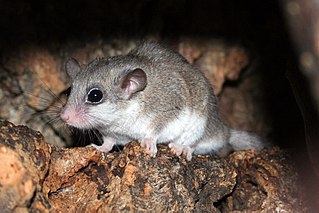 W
WGlires is a clade consisting of rodents and lagomorphs. The hypothesis that these form a monophyletic group has been long debated based on morphological evidence. Two morphological studies, published in 2001 and 2003, strongly support the monophyly of Glires. In particular, the 2003 study reported the discovery of fossil material of basal members of Glires, particularly the genera Mimotona, Gomphos, Heomys, Matutinia, Rhombomylus, and Sinomylus. Their description, in 2005, helped to bridge the gap between more typical rodents and lagomorphs. Data published in 2001, based on nuclear DNA, supported Glires as a sister of Euarchonta to form Euarchontoglires, but some genetic data from both nuclear and mitochondrial DNA have been less supportive. A study, published in 2007, investigating retrotransposon presence/absence data unambiguously supports the Glires hypothesis. Studies published in 2011 and 2015 place Scandentia as a sister clade of the Glires, invalidating Euarchonta as a clade.
 W
WHerpestoidea is a superfamily of mammalia carnivores which includes mongooses, Malagasy carnivorans and the hyenas.
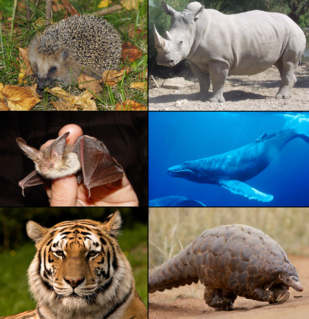 W
WLaurasiatheria is a clade of placental mammals that includes hedgehogs, even-toed ungulates, whales, bats, odd-toed ungulates, pangolins, and carnivorans, among others. The clade originated on the northern supercontinent of Laurasia. Its last common ancestor is supposed to have diversified ca. 76 to 91 million years ago.
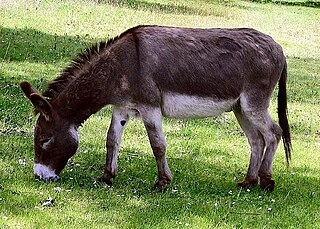 W
WMesaxonians a clade of ungulates whose weight is distributed on the third toe on all legs through the plane symmetry of their feet. For a while it was often seen to only contain the order Perissodactyla. Recent work in morphological cladistics and ancient DNA suggests that several extinct lineages, like the Desmostylia and some of the South American ungulates of Meridiungulata are related to the perissodactyls.
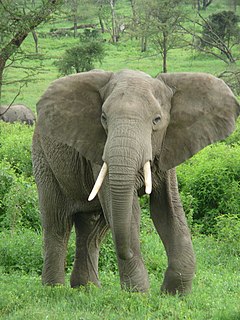 W
WPaenungulata is a clade of "sub-ungulates", which groups three extant mammal orders: Proboscidea, Sirenia, and Hyracoidea (hyraxes). At least two more possible orders are known only as fossils, namely Embrithopoda and Desmostylia.
 W
WPlacentalia is one of the three extant subdivisions of the class of animals Mammalia; the other two are Monotremata and Marsupialia. The placentals are partly distinguished from other mammals in that the fetus is carried in the uterus of its mother to a relatively late stage of development. The name is something of a misnomer considering that marsupials also nourish their fetuses via a placenta, though for a relatively briefer period, giving birth to less developed young who are then kept for a period in the mother's pouch.
 W
WPreptotheria is a superorder of placental mammals proposed by McKenna & Bell in their classification of mammals.
 W
WThe Primatomorpha are a mirorder of mammals containing two extant orders: the Dermoptera or colugos and the Primates.
 W
WPrototheria is a paraphyletic subclass to which the orders Monotremata, Morganucodonta, Docodonta, Triconodonta and Multituberculata have been assigned, although the validity of the subclass has been questioned.
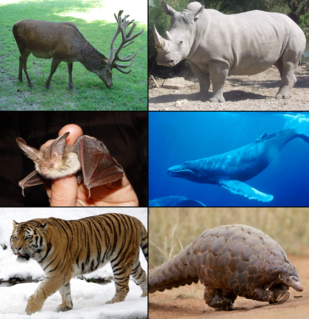 W
WScrotifera is a clade of placental mammals that comprises the following orders and their common ancestors: Chiroptera, Carnivora, Pholidota, Perissodactyla and Cetartiodactyla, with the latter including the traditional orders Artiodactyla and Cetacea. Scrotifera is the sister group to the Eulipotyphla and together they make up the Laurasiatheria. The last common ancestor of Scrotifera is supposed to have diversified ca. 73.1 to 85.5 million years ago.
 W
WTheria is a subclass of mammals amongst the Theriiformes Theria includes the eutherians and the metatherians Therian mammals are the dominant group of terrestrial amniotes on Earth since replacing the non-avian dinosaurs due to the K-Pg extinction event.
 W
WTheriiformes is a subclass of mammals. The term was coined in 1997 by McKenna & Bell in their classification of mammals. In the strict sense, it is defined as all mammals more closely related to therians than to monotremes.
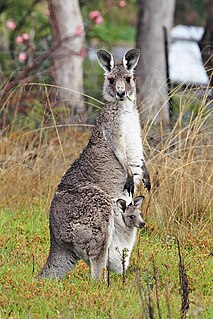 W
WTribosphenida is a group (infralegion) of mammals that includes the ancestor of Hypomylos, Aegialodontia and Theria. Its current definition is more or less synonymous with Boreosphenida.
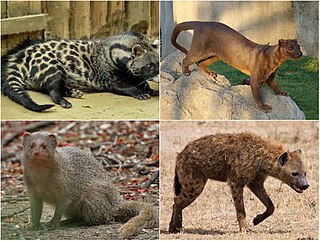 W
WViverroidea is an infraorder of feliformia, containing both the family Viverridae, and the superfamily Herpestoidea.
 W
WYinotheria is a proposed basal subclass clade of crown mammals that contains a few fossils of the Mesozoic and the extant monotremes. Today, there are only five surviving species, which live in Australia and New Guinea, but fossils have been found in England, China, Russia, Madagascar and Argentina. The surviving species consist of the platypus and four species of echidna. Contrary to other known crown mammals, they retained postdentary bones as shown by the presence of a postdentary trough. The extant members (monotremes) developed the mammalian middle ear independently.
 W
WZatheria is a group (sublegion) of mammals that includes the common ancestor of Arguimuridae, Vincelestidae, Peramuridae and Tribosphenida.